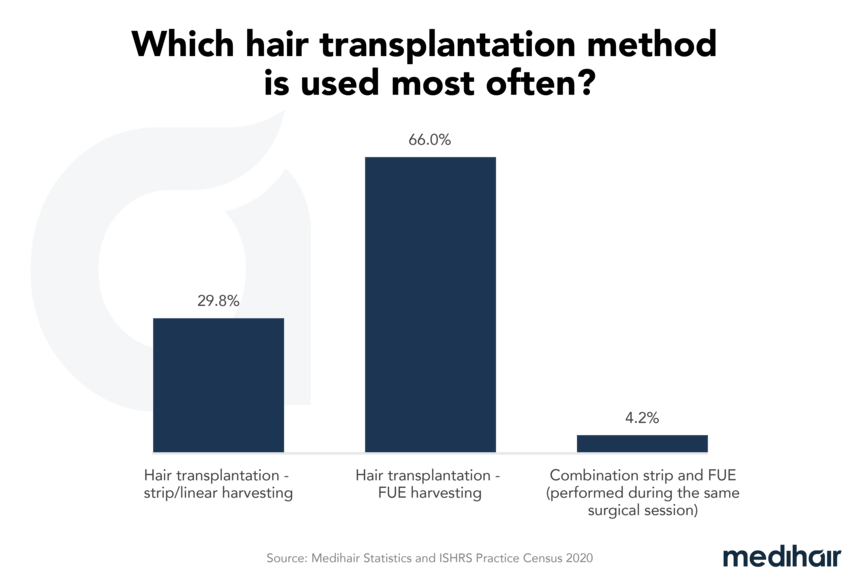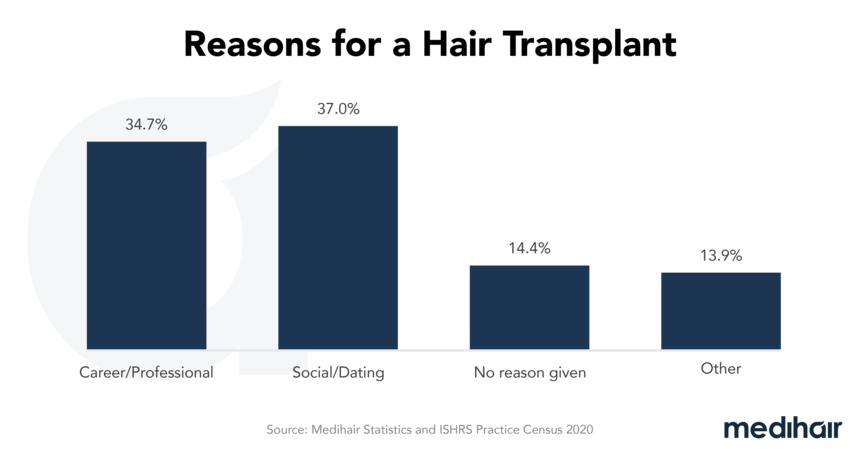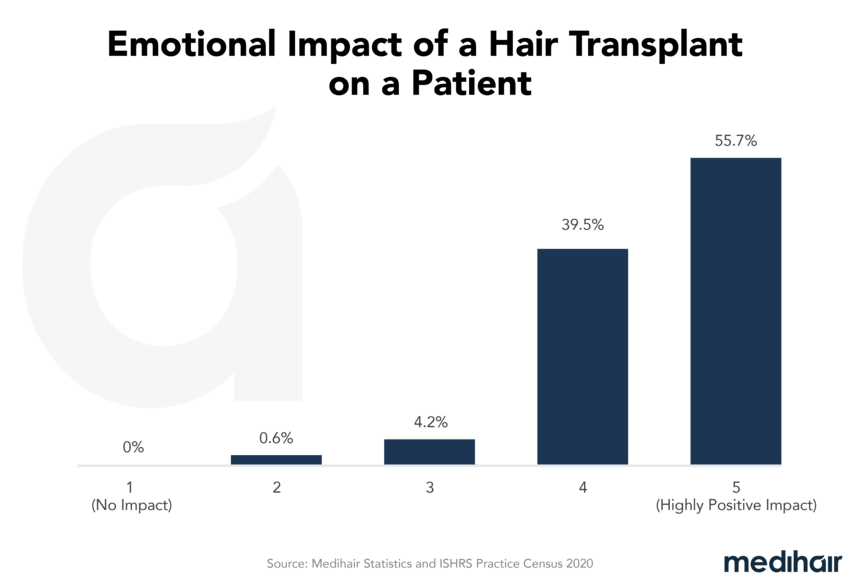Hair Transplant Success Rate

The success or survival rate of a hair transplant is a common concern for many candidates suffering from hair loss. There has been lots of debate in the past decade over what method of hair transplantation yields a higher survival rate. We have prepared an article describing the survival rates of each transplantation technique and an explanation of the variance.
In a Nutshell
| Success Rate | 95-98% |
| Transection Rate | <15% |
| Where? | Verified Clinics |
- Free
- Fast
- Non-binding
Frequently Asked Questions
Are all hair transplants successful?
Is a hair transplant permanent?
What is the most effective hair transplant method?
Can hair transplants go wrong?
Sources





